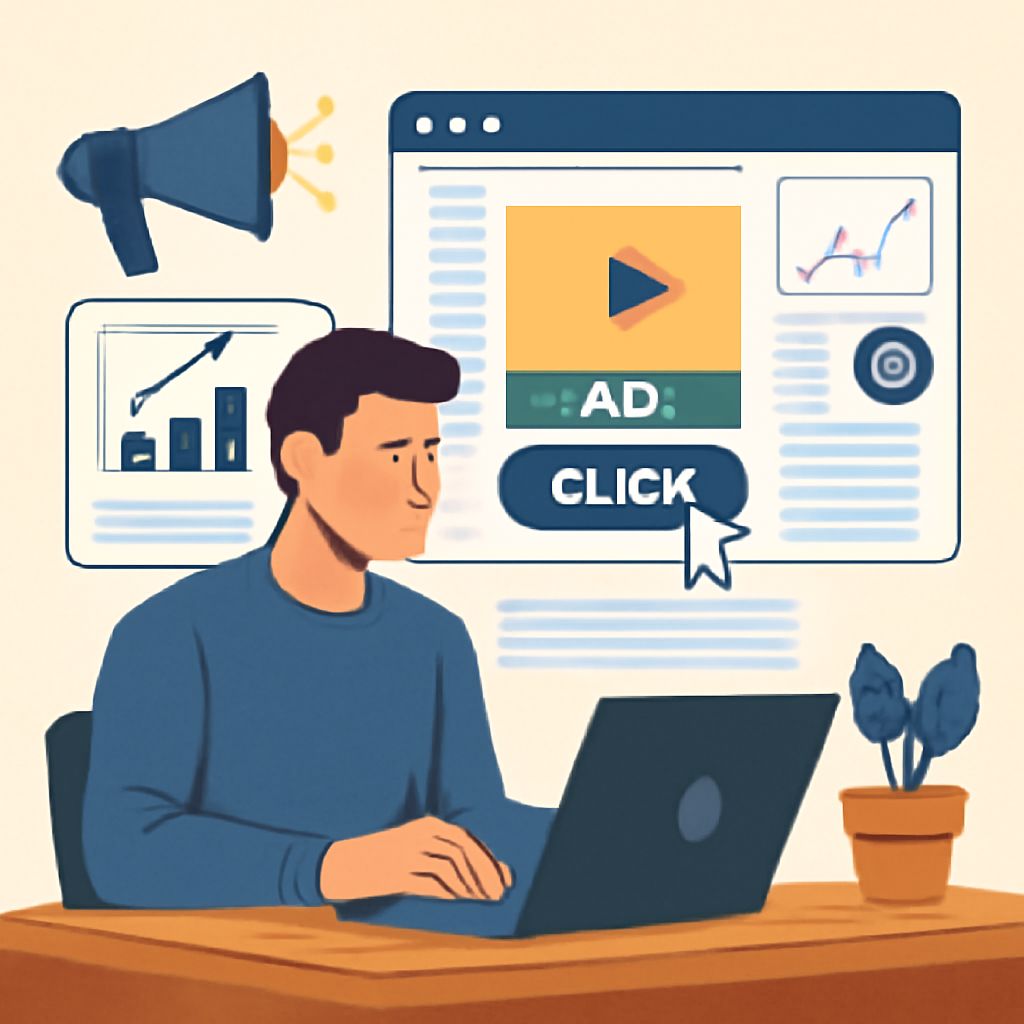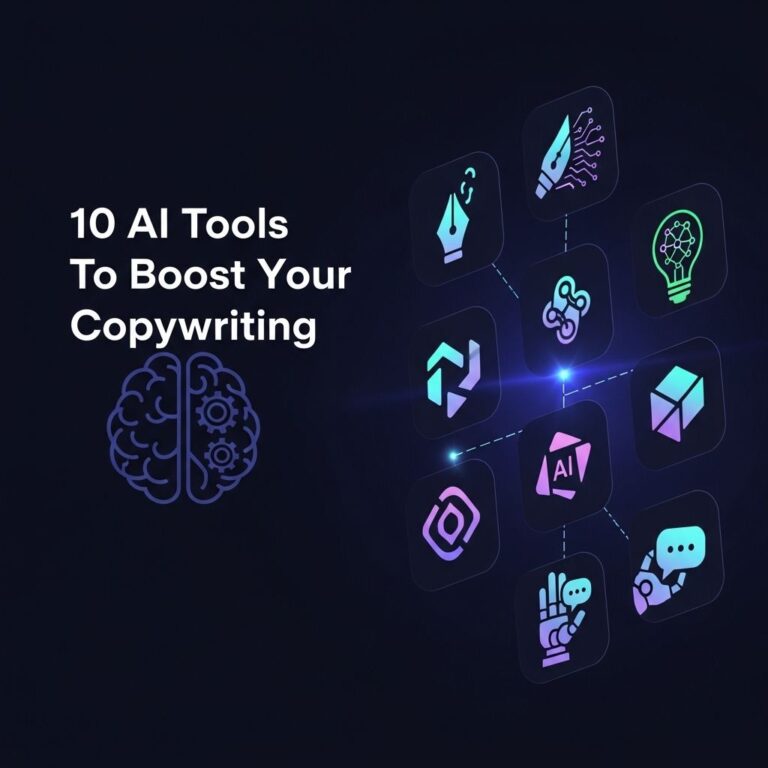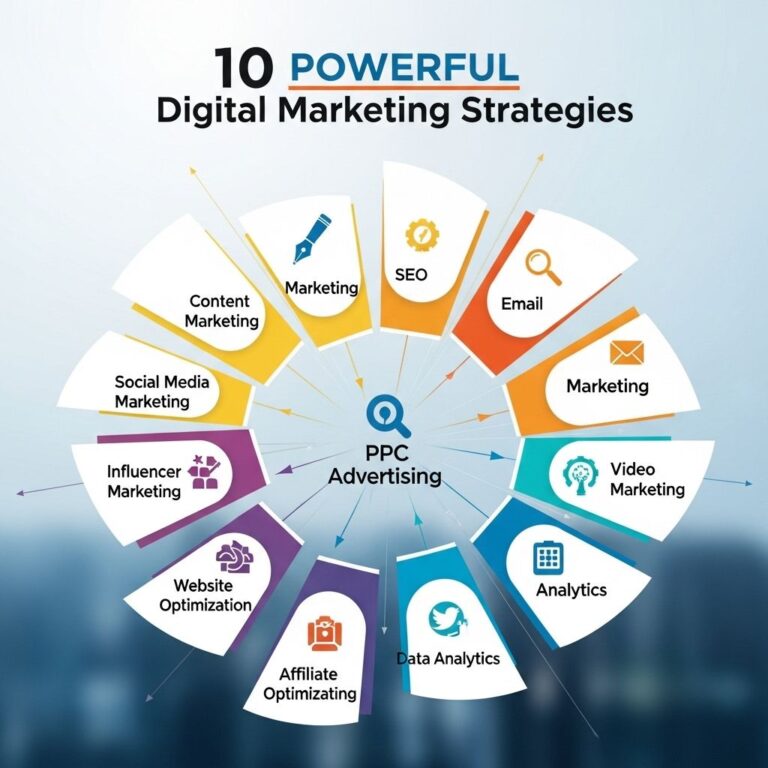Table of Contents
Understanding the Digital Ad Space
In today’s fast-paced digital world, businesses need to adapt to the ever-evolving landscape of online advertising. With consumers spending more time online than ever before, mastering the digital ad space is not just an option but a necessity for businesses seeking sustained growth and success.
The digital ad space is vast and varied, encompassing everything from search engine ads to social media promotions. To truly succeed, advertisers must be strategic in their approach, leveraging data-driven insights and innovative tactics to reach their target audience effectively. Understanding this space requires continuous learning and adaptation to technological advancements and consumer behavior changes.
As digital platforms proliferate, the opportunities for engaging a diverse audience expand. The internet’s globalization and reach mean businesses can tap into international markets like never before. This democratization of advertising ensures even small businesses can compete on a relatively level playing field with larger corporations. However, it also means companies must develop sharper strategies to cut through the noise.
Effective Strategies for Digital Advertising
Developing a comprehensive digital advertising strategy is crucial. Here are some key strategies to consider:
- Leverage Data Analytics: Utilizing data analytics allows marketers to gain actionable insights into consumer behavior, preferences, and trends, helping tailor campaigns to specific audience segments. Tools like Google Analytics and Facebook Insights provide granular data that can refine targeting efforts.
- Embrace Social Media Advertising: Platforms like Facebook, Instagram, and Twitter offer targeted advertising options that enable businesses to engage with audiences directly. Crafting compelling content and utilizing ad formats that resonate with users can drive significant traffic and conversions. Social media also allows for real-time engagement and feedback, enabling marketers to pivot quickly based on audience reactions.
- Implement Retargeting Campaigns: Retargeting helps keep your brand top-of-mind for potential customers who have previously interacted with your website or ads. This strategy can significantly improve conversion rates by re-engaging interested users. Dynamic retargeting ads can be personalized based on users’ prior interactions, enhancing relevance and efficacy.
Besides these strategies, a robust SEO strategy should support digital advertising efforts to ensure that organic and paid efforts complement one another. The organic traffic generated through SEO can bolster the paid traffic driven by well-optimized digital ad campaigns.
Integrating Video Marketing
Video content is increasingly dominating the digital landscape. Platforms like YouTube, TikTok, and even Instagram Stories provide opportunities to captivate audiences with compelling video content. Videos can effectively convey brand stories and demonstrate product benefits in a way static images cannot. Consider incorporating video ads into your strategy to increase engagement and conversion rates.
Mobile Optimization
With the majority of internet users accessing the web via mobile devices, optimizing digital ads for mobile is paramount. This includes ensuring that ads are responsive and load quickly to prevent losing potential customers due to slow page speeds. Mobile optimization helps in reaching customers on-the-go and aligns with behaviors of a modern digital consumer.
Creating Compelling Content
Content is the cornerstone of any successful digital ad campaign. Engaging, visually appealing content captures attention and communicates the brand message effectively. The key is to create content that resonates emotionally while providing clear, direct calls to action.
Content diversity is also crucial. Using a mix of blogs, infographics, videos, and interactive content can capture different audience segments. Tailoring content to various stages of the buyer’s journey—from awareness to consideration and decision—ensures that potential customers receive relevant information at the right time.
Measuring and Optimizing Performance
Measuring the performance of digital ad campaigns is vital for continual improvement. Metrics such as click-through rates (CTR), conversion rates, and return on ad spend (ROAS) provide valuable insights into the effectiveness of advertising efforts. Leveraging performance data allows marketers to make informed decisions to enhance future campaigns.
- A/B Testing: Conducting A/B tests on various elements of your ads, such as headlines, images, and calls-to-action, helps determine which versions resonate best with your audience, allowing for data-backed optimizations. This iterative approach enables a deeper understanding of what drives user engagement and conversion.
- Monitor and Adjust: The digital landscape is dynamic, requiring constant monitoring and adjustments to campaigns. Keeping a close eye on performance metrics allows marketers to make timely tweaks for optimal results. Regular audits of ad performance help identify areas for improvement or scaling successful campaigns.
- Use of AI and Automation: Artificial Intelligence (AI) and machine learning tools can automate bidding and budgets to maximize ROI. These tools analyze patterns quickly, adapt campaigns in real-time, and effectively distribute ad spend across networks to ensure peak efficiency.
Understanding Your Audience
At the heart of successful digital advertising is a deep understanding of your audience. Creating detailed buyer personas based on demographics, psychographics, and behavior patterns enables more precise targeting. Understanding their pain points and how your product solves their problems ensures your messaging is relevant and impactful.
FAQ
How do I choose the right platform for my digital ads?
Choosing the right platform depends on your target audience and advertising goals. Platforms like Google Ads are great for search intent, while social media platforms are ideal for engagement-driven campaigns. B2B businesses might focus more on LinkedIn, whereas a B2C brand targeting a younger audience might leverage TikTok or Instagram.
What budget should I allocate for digital advertising?
The budget varies based on the scale of your campaign and industry. Start small to test and optimize, then gradually increase spending once you identify successful strategies. Consider costs per click or impression and define clear financial goals aligned with revenue targets.
How can I measure the success of my digital ad campaigns?
Key performance indicators such as CTR, ROAS, and conversion rates are critical to assessing the success of your campaigns. Tools like Google Analytics provide detailed performance data. Additionally, platform-specific insights from Facebook or LinkedIn offer deeper layers of audience behavior analytics.
What are the common pitfalls to avoid in digital advertising?
Common pitfalls include neglecting mobile optimization, failing to define clear goals, and not continuously testing and adjusting campaigns based on performance data. Additionally, not aligning ads with landing pages, or failing to conduct regular audits of ad spend against results can lead to wasted resources.
Is branding important in digital advertising?
Yes, branding consistently across all digital platforms enhances recognition and trust. Well-defined brand messaging that aligns across paid and organic campaigns solidifies identity and creates cohesive customer experiences.









